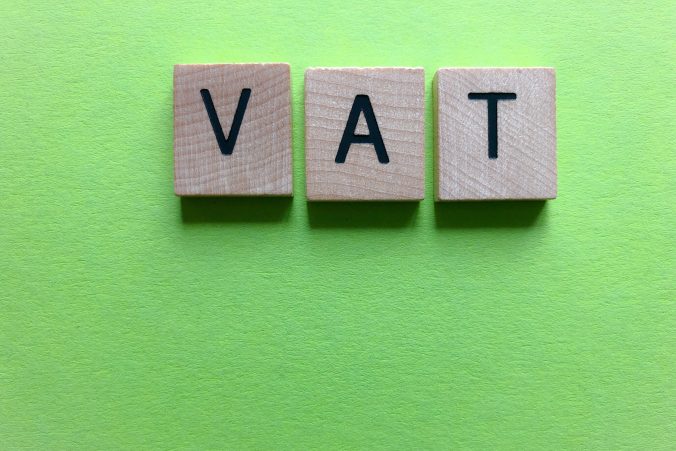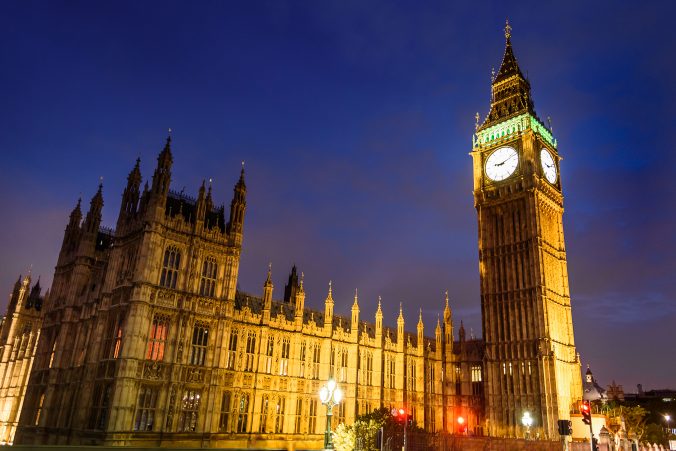HMRC has updated the guidance on salary sacrifice.
HMRC has removed the guidance on ‘Salary sacrifice arrangements set up before 6 April 2017’ as the transitional arrangements for calculating the value of the benefit came to an end on 5 April 2021.
A salary sacrifice arrangement is an agreement to reduce an employee’s entitlement to cash pay, usually in return for a non-cash benefit.
Employers can set up a salary sacrifice arrangement by changing the terms of the employee’s employment contract. The employee needs to agree to this change.
The impact on tax and National Insurance contributions payable for any employee will depend on the pay and non-cash benefits that make up the salary sacrifice arrangement.
An employer needs to pay and deduct the right amount of tax and National Insurance contributions for the cash and benefits they provide.
For the cash component, that means operating the PAYE system correctly via payroll.
For any non-cash benefits, an employer will need to work out the value of the benefit.
If an employer sets up a new salary sacrifice arrangement, they will need to work out the value of a non-cash benefit by using the higher of the:
- amount of the salary given up
- earnings charge under the normal benefit in kind rules.
For cars with CO2 emissions of no more than 75g/km, employers should always use the earnings charge under the normal benefit in kind rules. Continue reading...












